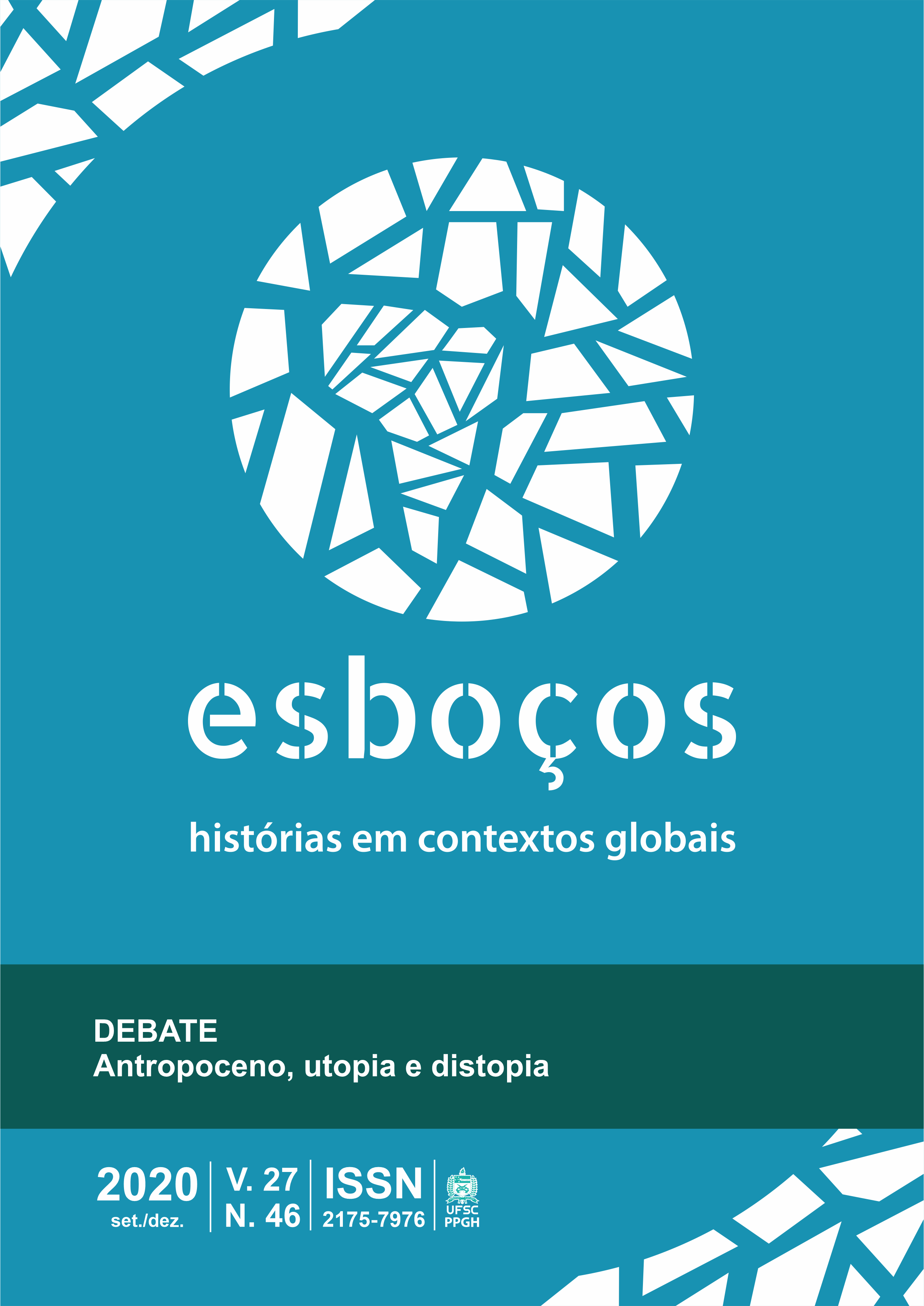Art as an element of power and propaganda in the Neo-Assyrian Empire
DOI:
https://doi.org/10.5007/2175-7976.2020.e70896Abstract
The present article aims to introduce the purpose of art in the Neo-Assyrian Empire, its historical context and ramifications during this period. For this purpose, we performed a literature review of the art in the Neo-Assyrian Empire and in historical and archaeological documents. Contrary to general perception, the Neo-Assyrian palaces were not only restricted to a royal residence complex, but they also had a social-political function. By the time of Ashurnasirpal II, the palaces were decorated with Mesopotamian traditional motifs, but its sculptures and artistic reliefs were not only intended to decorate the palace, but to establish the royal right before their subjects, especially the elite that the king depended upon politically. These palatial artistic features remained over the centuries and peaked during the reign of Sennacherib, where it is possible to notice artistic innovations. In examining the archaeological and historical evidences of his palace and contrast them, it is possible to identify many discrepancies, mainly concerning his intended audience. We are able to conclude, taking the Lachish assault in the palace of Sennacherib as an example, that sculptures and artistic reliefs could be targeted to a determined audience and, unlike written documents, they omitted certain events that would remain accessible only to people whom the king trusted.
References
BIENKOWSKI, P.; MILLARD, A. Dictionary of the Ancient Near East. 2ª ed. Philadelphia: University of Pennsylvania Press, 2000.
BRIGHT, J. A History of Israel. Louisville: Westminster John Knox Press, 2000.
COGAN, M. Bound for Exile: Israelites and Judeans under Imperial Yoke. Jerusalem: Carta Jerusalem, 2008.
CURTIS, J. E.; READE, J. E. Art and Empire: Treasures treasures from Assyria in the British Museum. London: British Museum Press, 1995.
GRAYSON, A. K. Assyrian Rulers of the Early First Millennium BC I: (1114- 859 BC). In: GRAYSON, A. K. The Royal Inscriptions of Mesopotamia, Assyrian Periods. Toronto: Toronto University Press, 1991. v. 2, p. 288-293.
GRAYSON, A. K.; NOVOTYN, J. The Royal Inscriptions of Sennacherib, King of Assyria (704-681 BC), Part 1. In: GRAYSON, A. K.; NOVOTYN, J. (ed.). The Royal Inscriptions of the Neo-Assyrian Period. Pennsylvania: Einsenbrauns, 2012. v. 3.
KAELIN, O. Comparing Images – The Relief Programme in the Palace of Assurnasirpal II and the Egyptian Mortuary Temples of the New Kingdom. In: HOREJS, B. et al. (ed.) Proceedings of the 10th International Congress on the Archaeology of the Ancient Near East. Wiesbaden: Harrossowitz Verlag, 2018. p. 479-496.
LAATO, A. Assyrian Propaganda and the Falsification of History in the Royal Inscriptions of Sennacherib. Vetus Testamentum, Leiden, v. 45, n. 2, p. 198-226, 1995.
LAYARD, A. H. Discoveries in the Ruins of Nineveh and Babylon. London: John Murray, 1853.
LUCKENBILL, D. D. The Annals of Sennacherib. Chicago: The University of Chicago Oriental Institute Publications, 1924. v. 2.
MCLAUGHLIN, J. L. The Ancient Near East: an essential guide. Nashville: Abingdon Press, 2012.
NEGEV, A.; GIBSON, S. Archaeological Encyclopedia of the Holy Land. 4a ed. New York: The Continuum Publishing Group, 2001.
NEMET-NEJAT, K. R. Daily Life in Ancient Mesopotamia. Peabody: Hendrickson Publishers, 2002.
POZZER, K. M. P. Guerra, Violência e Memória Cultural nas Imagens Assírias. Anos 90, Porto Alegre, v. 25, n. 47, p. 39-59, jul. 2018.
READE, J. E. Twelve Ashurnasirpal Reliefs. Iraq, London, v. 27, n. 2, p. 119-134, 1965.
READE, J. E.; Ideology and Propaganda in Assyrian Art. In: MOGENS, T. L. (ed.) Power and Propaganda: A Symposium on Ancient Empires. Copenhagen: Akademisk Forlag, 1979. p. 329-343.
RUSSEL, J. M. Sennacherib’s Lachish Narratives. In: HOLLIDAY, P. J. (ed.). Narrative and Event in Ancient Art. San Bernardino: Cambridge University Press, 1993. p. 55-73.
RUSSEL, J. M. Sennacherib’s Palace Without a Rival at Nineveh. Chicago: The University of Chicago Press, 1991.
RUSSELL, J. M. The Program of the Palace of Assurnasirpal II at Nimrud: Issues in the Research and Presentation of Assyrian Art. American Journal of Archaeology, Boston, v. 102, n. 4, p. 655-715, 1998.
TAKLA, P.R. Desenvolvimento do esquema decorativo das salas do trono do período neoassírio (934-609 a.C.). 2008. Dissertação (Mestrado em Arqueologia) – Museu de Arqueologia e Etnologia, Universidade de São Paulo, São Paulo, 2008.
USSISHKIN, D. The Conquest of Lachish by Sennacherib. Tel Aviv: Tel Aviv University, 1982.
Downloads
Published
How to Cite
Issue
Section
License
Esboços: histories in global contexts adopts an Open Access policy and it is licensed under a Creative Commons Attribution 4.0 International License (CC-BY 4.0). Authors will be asked to sign an open access license agreement before publication.
Authors who publish with this journal agree to the following terms:
- Authors grant the journal Esboços: histórias em contextos globais (ISSN 2175-7976) right of first publication with the work simultaneously licensed under a Creative Commons Attribution 4.0 International License (CC-BY 4.0).
- This license allows users to remix, transform, and build upon the material, on the condition of giving acknowledgement of the work's authorship and initial publication in this journal.
- 3.Authors are able to enter into separate, additional contractual arrangements for the non-exclusive distribution of the journal's published version of the work (e.g., post it to an institutional repository or a personal website, or publish it as a book chapter or a translation).

This work is licensed under a Creative Commons Attribution 4.0 International License.







